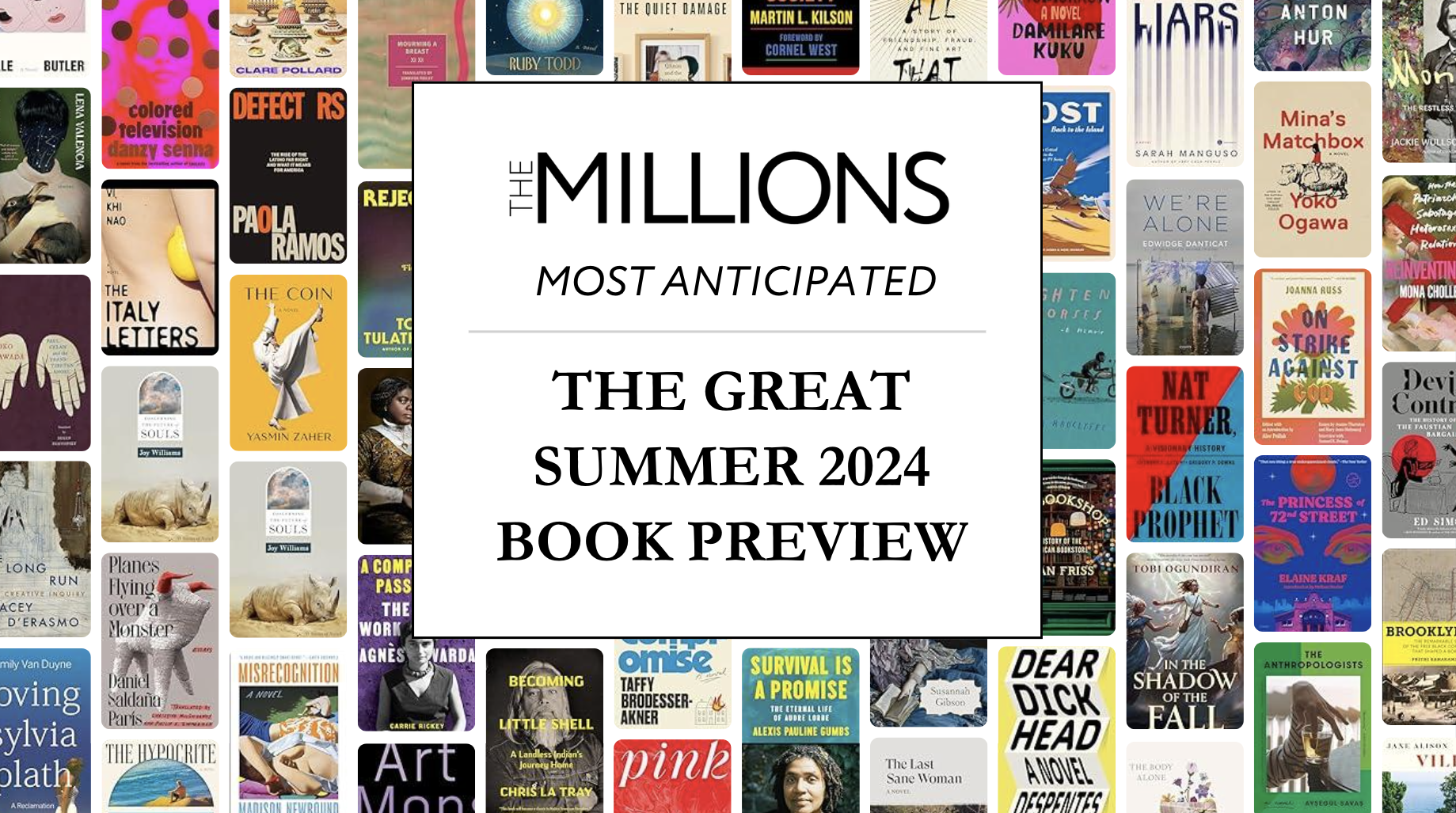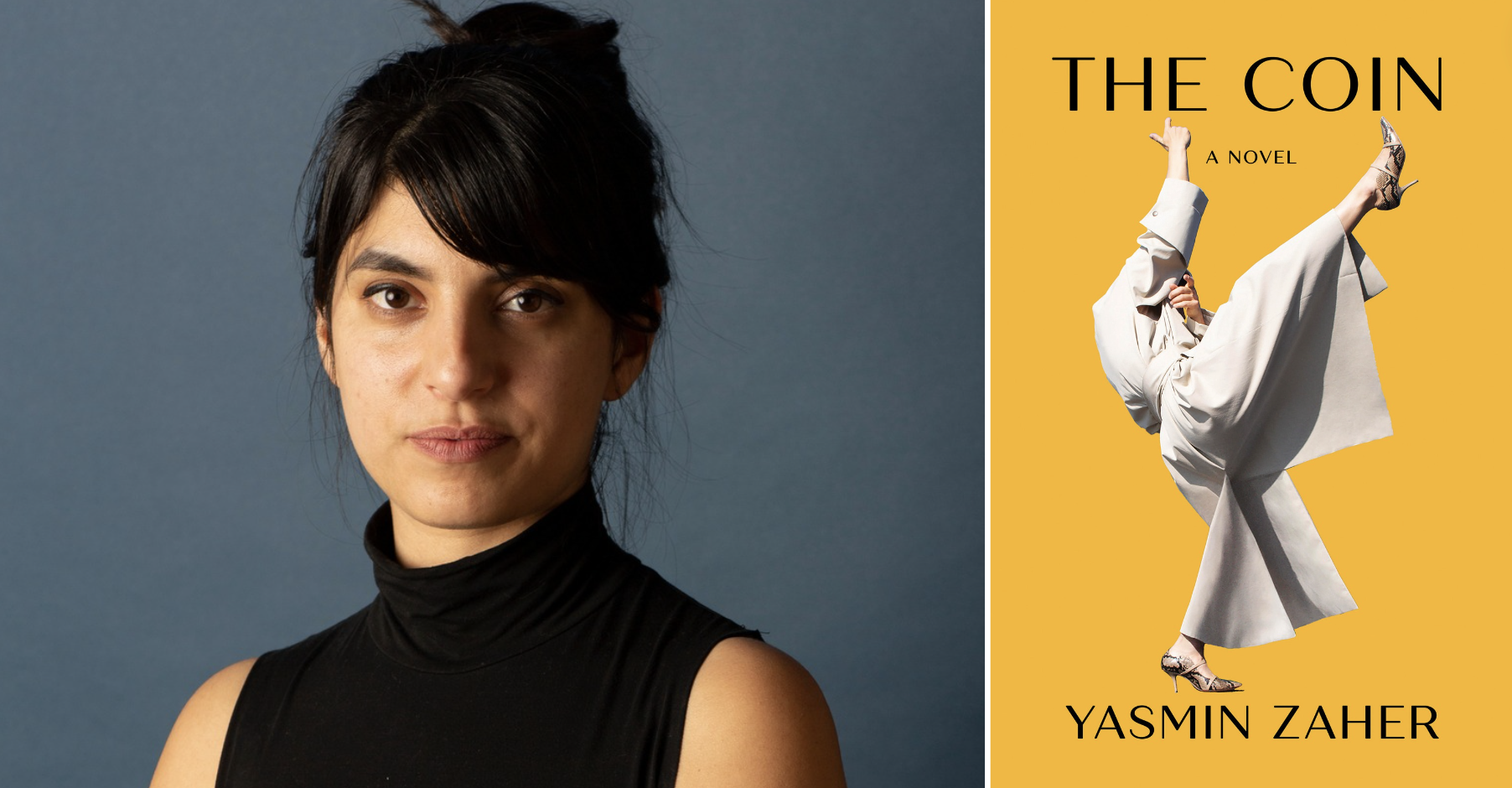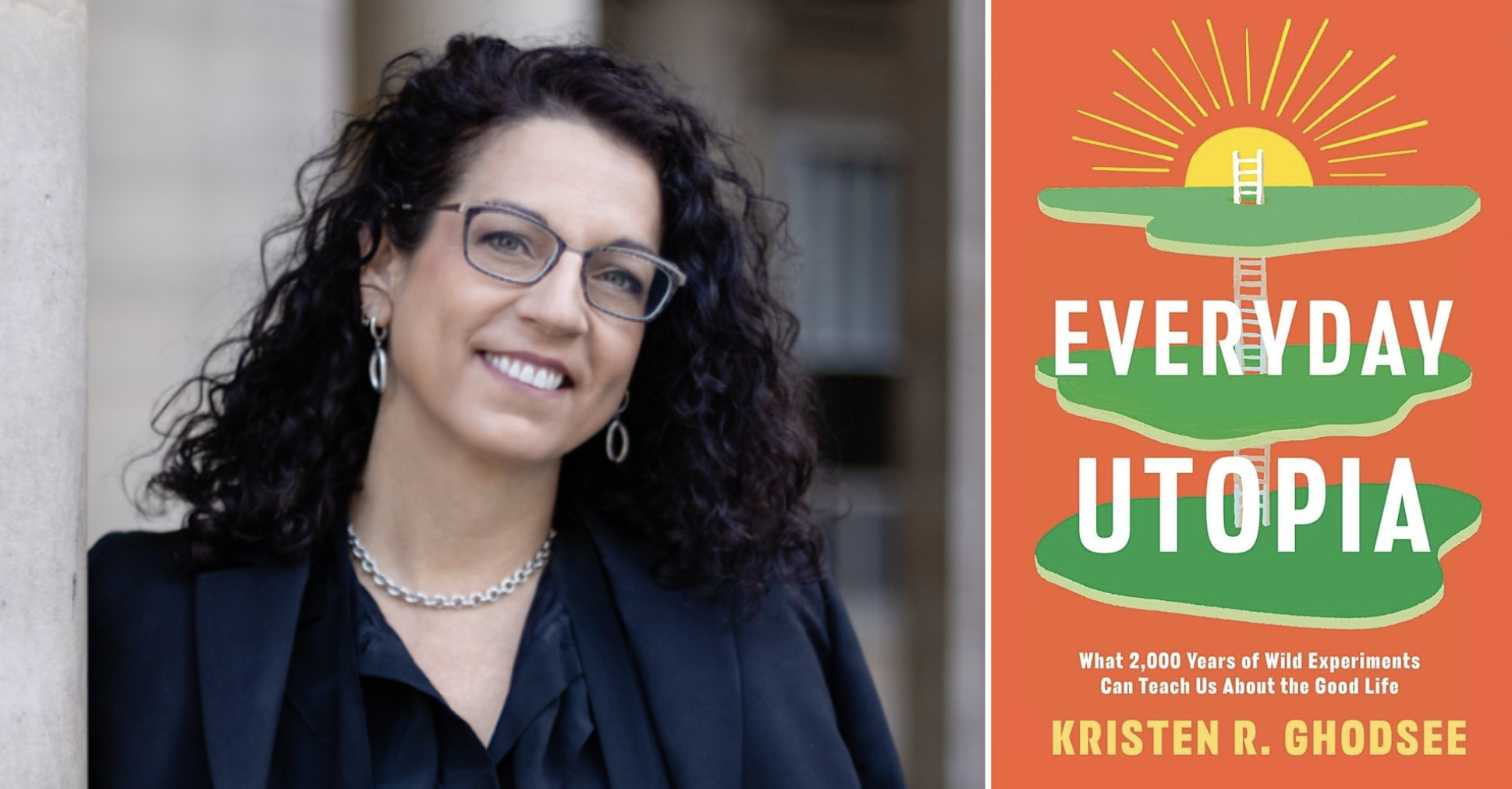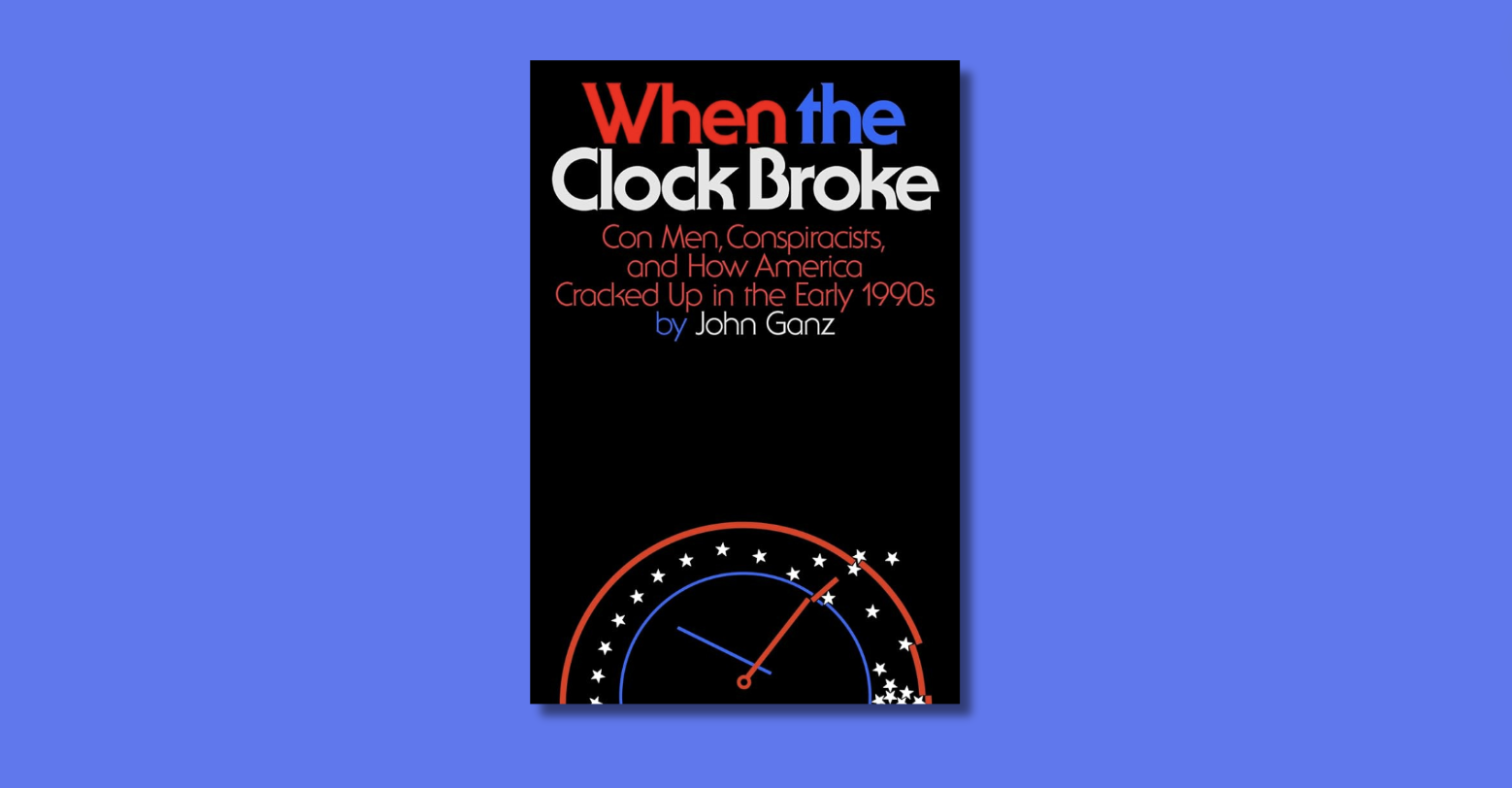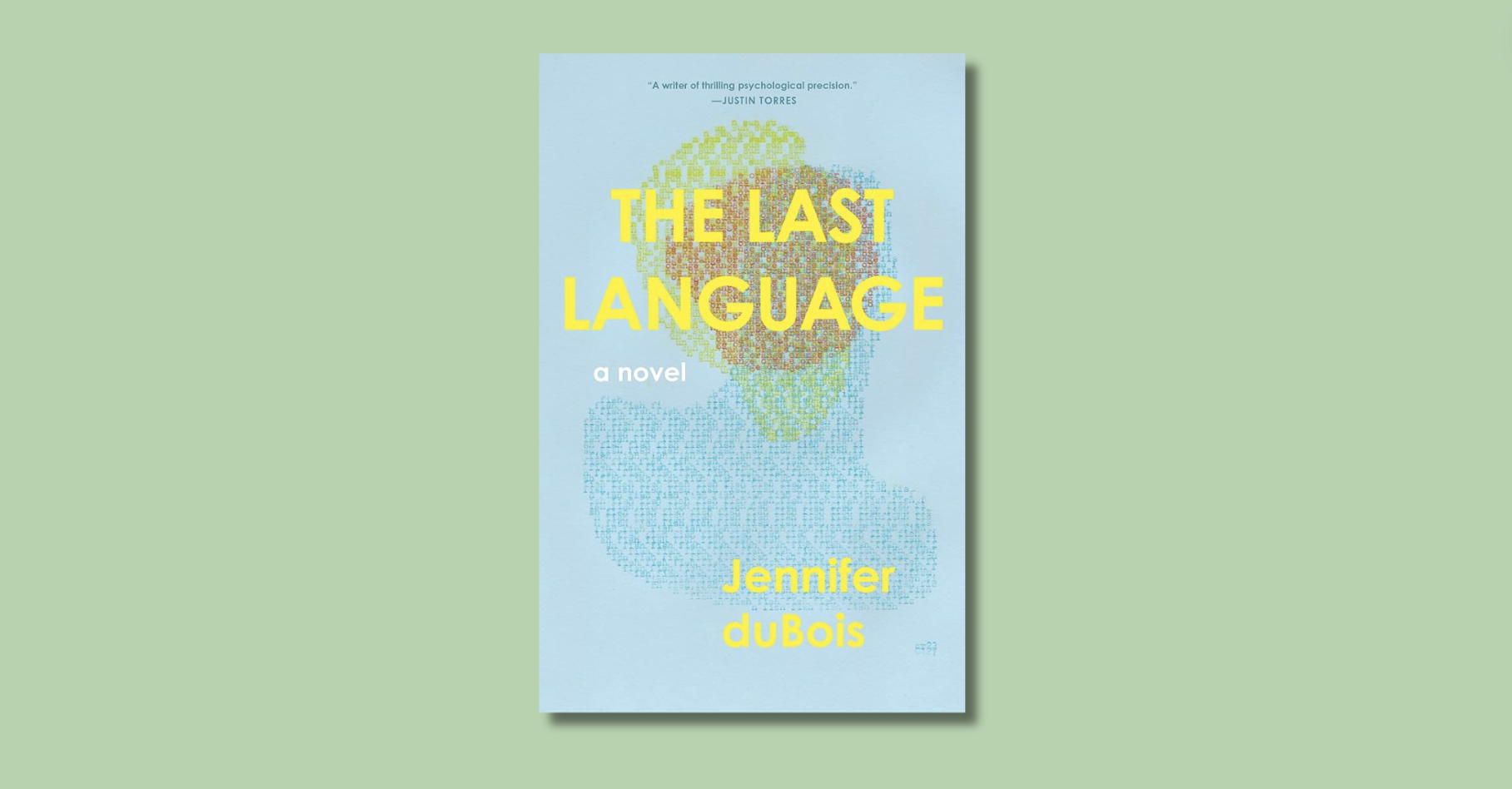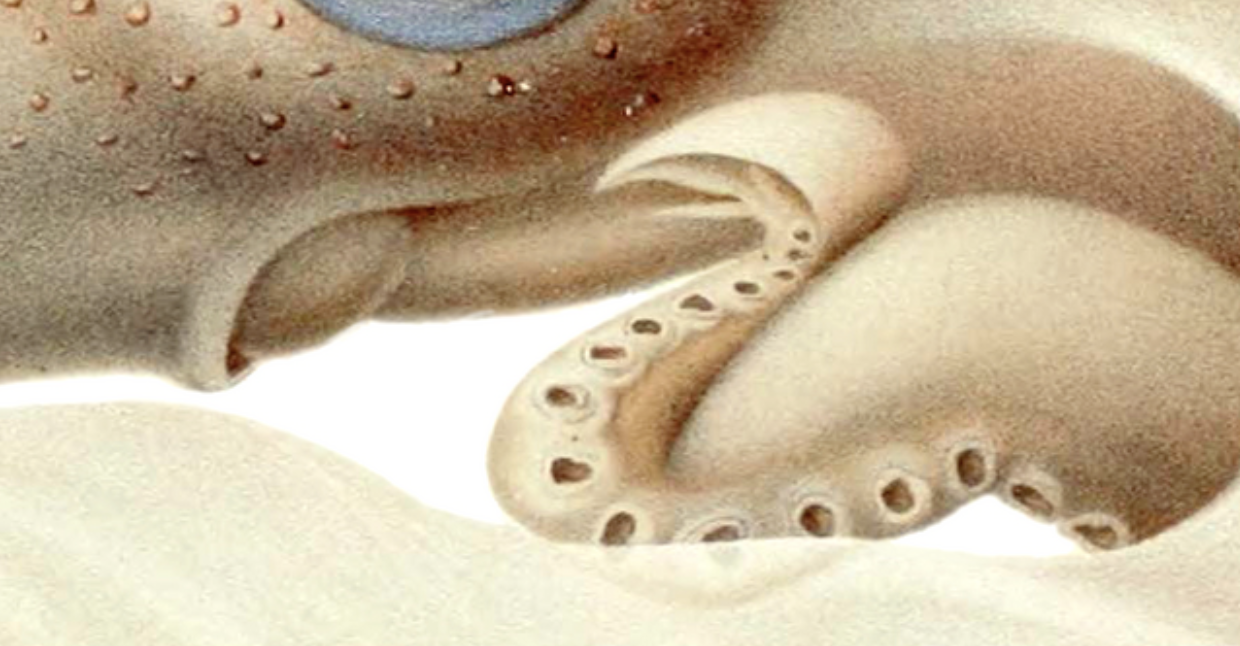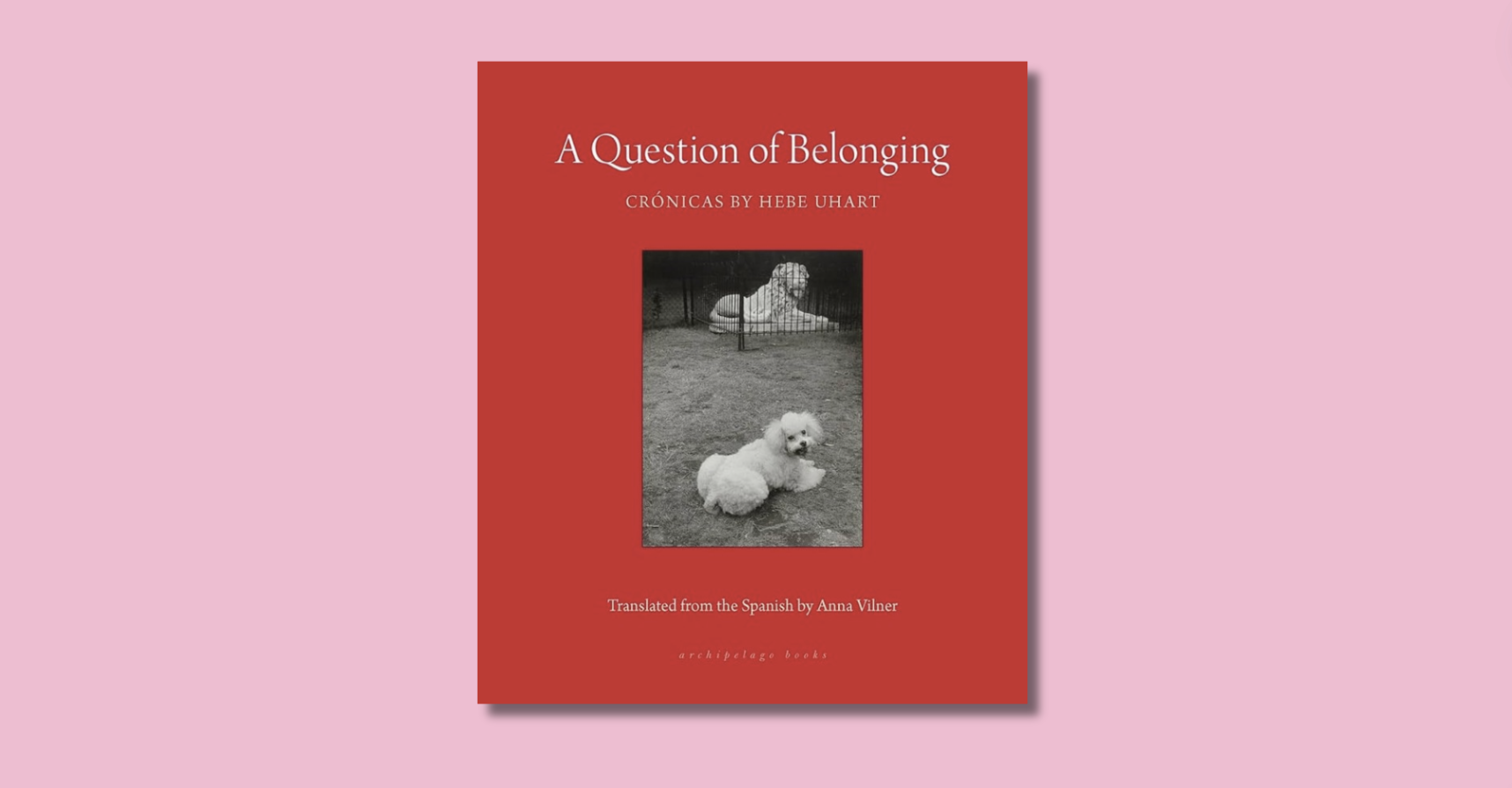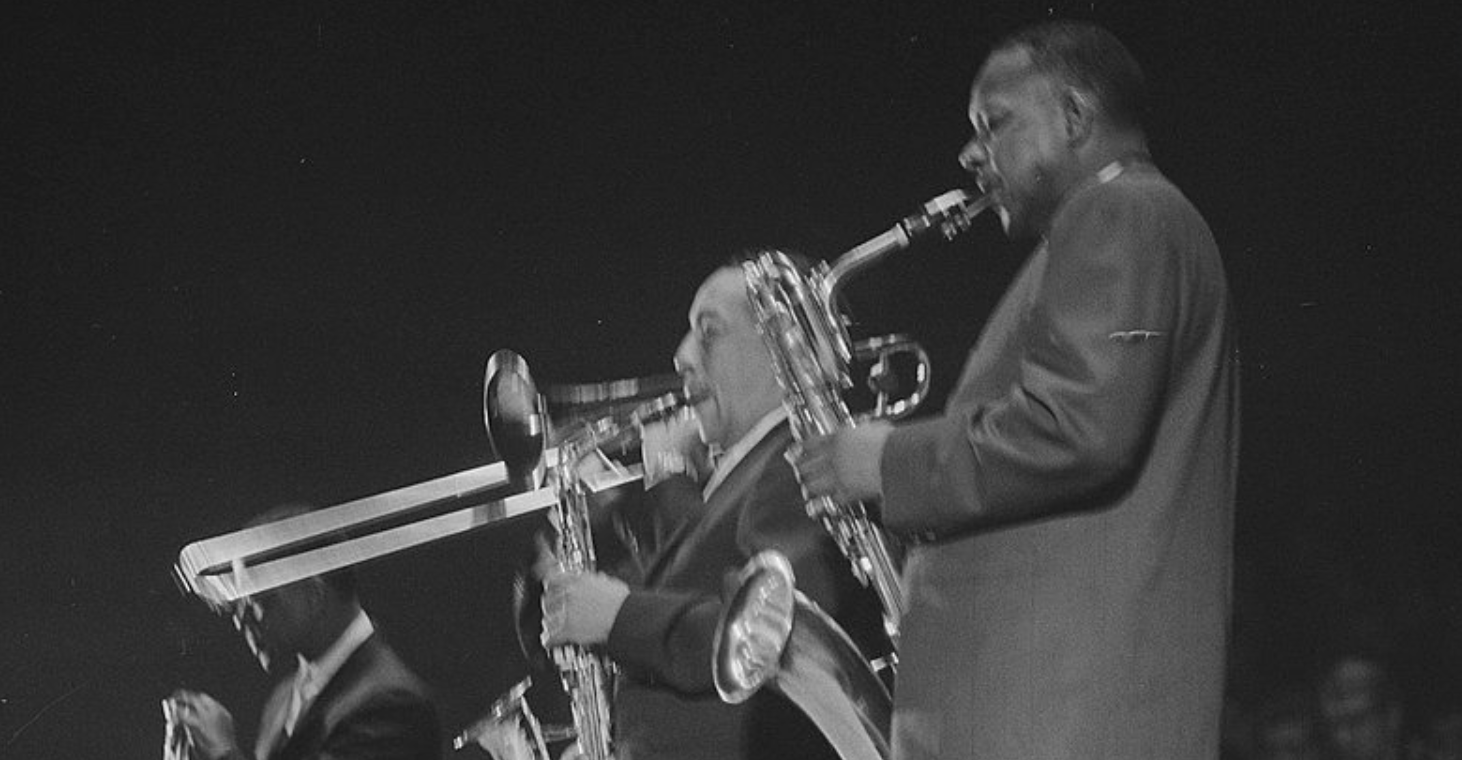1.
I find Maira Kalman’s sensibility and work difficult to describe to the uninitiated. She’s a visual artist and writer whose work combines photographs, text, and deceptively simple paintings—the kind of simple that takes considerable thought and skill—to form a record of what seems to me to be a ceaseless quest to understand this world, to appreciate its beauty, and to create some record of her life.
She was born in Tel Aviv, and immigrated to the United States at the age of four. Her books are quirky, deeply moving, and beautiful documents of life on earth. She considers Spinoza, George Washington, fruit platters, her dog, the nature of war. If this sounds incoherent, it isn’t. “I am trying to figure out two very simple things,” she said once at a TED conference. You can find the video on YouTube. “How to live, and how to die. Period. That’s all I’m trying to do, all day long.”
 I picked up The Principles of Uncertainty in a bookstore a year or so ago, and bought it because I couldn’t put it down.
I picked up The Principles of Uncertainty in a bookstore a year or so ago, and bought it because I couldn’t put it down.
I’d first been introduced to her work some years earlier by an office mate. Let’s call her Jane. We worked for different small businesses in the same Midtown Manhattan office suite, Jane and I, in a tower just above Grand Central Station. We were slogging it out together in the shadow world of dreary part-time day jobs and interesting-but-not-terribly-lucrative artistic careers. She was an actor, I was writing my first novel, and our jobs were neither particularly good nor particularly awful.
The office where I worked had white walls, a rippling carpet in a depressing shade of pink, and a horribly cheap desk whose fake-wood veneer was peeling off the particle board in strips. I worked on an ugly Dell laptop that only intermittently worked. When it stopped working I had to call Dell’s customer service line, by which I mean that I’d devote an hour to listening to hold music from overseas and then get disconnected in a burst of static. When I looked out the window the sheer glass wall of the Hyatt hotel only reflected my window back at me. The room’s saving grace was the existence of a floor lamp; when I was alone in the office I closed the door, turned off the fluorescent overheads and took refuge in low lighting and soft music.
In those days The Principles of Uncertainty existed only as a ravishingly beautiful weekly feature on the New York Times website. I thought, looking over Jane’s shoulder as she showed it to me: this is the beauty I long for. There were beautiful things in my life outside work, but my life in the office was a wasteland. This is sometimes the hardest thing to reconcile in the fraught territory of art and day jobs: the complete divide between the part of your life that pays your rent and the part of your life that you consider your career, the part that brings you joy and fulfilment. In a perfect world one’s art would be sustaining all by itself, but the truth is that particularly dreary day jobs are somewhat harder to bear before one’s had much success. I acquired an agent during my time in the office suite, but no publisher.
Just about the only beauty to be found in and around my day job in those days was Maira Kalman’s regular New York Times feature, and down below the office tower when I passed twice daily through the echoing cathedral of Grand Central Station. I would steal glances at the starred ceiling of the Main Concourse on my way to work every morning. Look at this beautiful city I’ve landed in. Look at this cathedral for trains.
2.
Two or three day jobs and several years later, in an entirely different version of my life (two published books; Brooklyn; two cats) I attended a Bat Mitzvah at the Jewish Museum. After the service we slipped out of the event room to take a look at the Museum, my husband and I. “There’s an artist exhibiting on this floor,” he said. I saw the exhibition title and my heart sped up a little. Maira Kalman: Various Illuminations (of a Crazy World.)
The exhibition of her work, which runs through the end of July, has the feel of extreme curation. It occupies three rooms, but if they’d given her the run of the entire museum I suspect she could have filled it. She is a prolific artist and an avid collector. The New Yorker has a slideshow of Maira Kalman setting up her exhibit. She looks very focused. She wears an excellent hat.
There are the paintings, of course, many of them originals of the images that appear in The Principles of Uncertainty and in her other books. Paintings of flowers, a Snickers bar, a pickle tag (3 UNITED PICKLE), sunny days in parks and gardens, a body in the snow. Emily Dickinson in a white dress with a black dog at her side, radiant against a background of deepest blue. A pale boy of about twelve, all in white, legs crossed, smiling and carefree on a curved red chair, Kalman’s gorgeously uneven handwriting on the wall above him: “Nabokov’s family fled Russia. How could the young Nabokov, sitting innocently and elegantly in a red chair, leafing through a Book on Butterflies imagine such displacement. Such loss.” It might be my favorite image of hers.
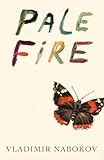 In The Principles of Uncertainty the Nabokov piece is part of a larger musing on death and displacement that concludes with a map drawn by Kalman’s mother, a map of the world through her eyes: Canada is a grey mass along the top edge, a formless shadow that makes me think of Nabokov’s Zembla as described in the last four words of Pale Fire: A distant northern land. The states are jumbled chaotically together in the blue field of the United States, and down toward New York State the map slides into surrealism: Jerusalem abuts New York, with Tel Aviv and the name of the Russian town where Kalman’s mother grew up close on the other side. It’s a jumble, a map drawn by a woman who fled Russia for Palestine and then left Israel for the United States, a map of displacements and complicated flights. “She is no longer alive,” Kalman’s handwriting reads, “and it is impossible to bear. She loved Fred Astaire. And there you go. On you go. Hapless, heroic us.”
In The Principles of Uncertainty the Nabokov piece is part of a larger musing on death and displacement that concludes with a map drawn by Kalman’s mother, a map of the world through her eyes: Canada is a grey mass along the top edge, a formless shadow that makes me think of Nabokov’s Zembla as described in the last four words of Pale Fire: A distant northern land. The states are jumbled chaotically together in the blue field of the United States, and down toward New York State the map slides into surrealism: Jerusalem abuts New York, with Tel Aviv and the name of the Russian town where Kalman’s mother grew up close on the other side. It’s a jumble, a map drawn by a woman who fled Russia for Palestine and then left Israel for the United States, a map of displacements and complicated flights. “She is no longer alive,” Kalman’s handwriting reads, “and it is impossible to bear. She loved Fred Astaire. And there you go. On you go. Hapless, heroic us.”
Her affection for us shines through every painting, every word. She moves through life with a camera and a sketchbook, documenting our passions, our hairstyles, our hats. She has a fondness for beautiful objects. Her collected objects dominate the largest of her Jewish Museum exhibit’s three rooms. Because so many of them appear in her paintings, seeing them is a bit like coming across old friends.
There are simple wooden ladders, an empty hat stand. A glass case whose contents I spent a long time studying:
A miniature white chair, hard and severe-looking.
A very small white funnel.
A dried pomegranate.
A selection of chaotic beautifully paint rags: “paint rags on linens taken quietly from hotels.”
Language self-instruction books, quite old: Colloquial Persian, Colloquial Bengali, Marathi Self-Taught, Telugu Without Tutor, Teach Yourself Gujarati. (Overheard by the glass case: “Gujarati! That would be good for you.”)
A brass whistle, a brass egg. A leather pouch. An enormous rusted skeleton key. Assorted varieties of string.
Another case holds a shoebox labeled Mosses of Long Island. A teacup. A jar of buttons. A slinky. A hotel desk bell. Something like a giant rolodex. Pinking shears. Elsewhere, a list of colours found in Madame Bovary (green cloth / black buttons / red wrists…) And old suitcases, which is wonderful, because I love old suitcases: one of my prized possessions is the small monogrammed suitcase that my grandmother took with her when she left home in the 1930s. I’ve had it for as long as I can remember.
I think sometimes about the way objects tie us to the past. My relationship with my grandmother was uneasy at best, but we had some initials and a love of books and travel in common, and there was an earlier version of her whom I wish I could have met: a stylish young woman with a fondness for smart hats who packed a suitcase stamped ESJ—Ella St. John—and set off for the capital of my distant northern land.
3.
There are quotes written high up on the museum walls:
“As if the fullness of the soul did not sometimes overflow in the emptiest metaphors, since no one can ever give the exact measure of his needs, nor of his conceptions, nor of his sorrows; and since human speech is like a cracked tin kettle, on which we hammer out tunes to make bears dance when we long to move the stars.” –Gustave Flaubert (Mme Bovary)
I feel like that every time I write a novel. Hung on the wall in another room, white fabric with embroidered text: My rigid heart is tenderly unmanned.
4.
There are videos. Maira Kalman putting in an installation in the new library of PS 147: the theme was the alphabet, and she spent some months collecting objects to mount on the walls above the shelving.
I just started looking for all these beautiful objects around us, that are not expensive, and that are part of the vernacular of what children would be looking at in their daily lives and I wanted them to see that in every mundane object there’s incredible design and incredible ability to use your imagination and make it into something else, which is what everybody has to do in their life no matter what job they have.
In my favorite clip, Maira Plays the Accordion As Pete Listens Patiently, the artist plays the accordion with some hesitation while the camera pans over her dog’s fur, his patient face.
“I was going to say, she’s a little wacky,” an older woman said, putting down the headphones and moving away from the video with her friend. But aren’t most of us? And don’t you have to be? It’s not an easy world to live in.
The exhibition “Maira Kalman: Various Illuminations (of a Crazy World)” runs at the Jewish Museum in Manhattan (1109 5th Ave at 92nd St, New York NY) through July 31.
